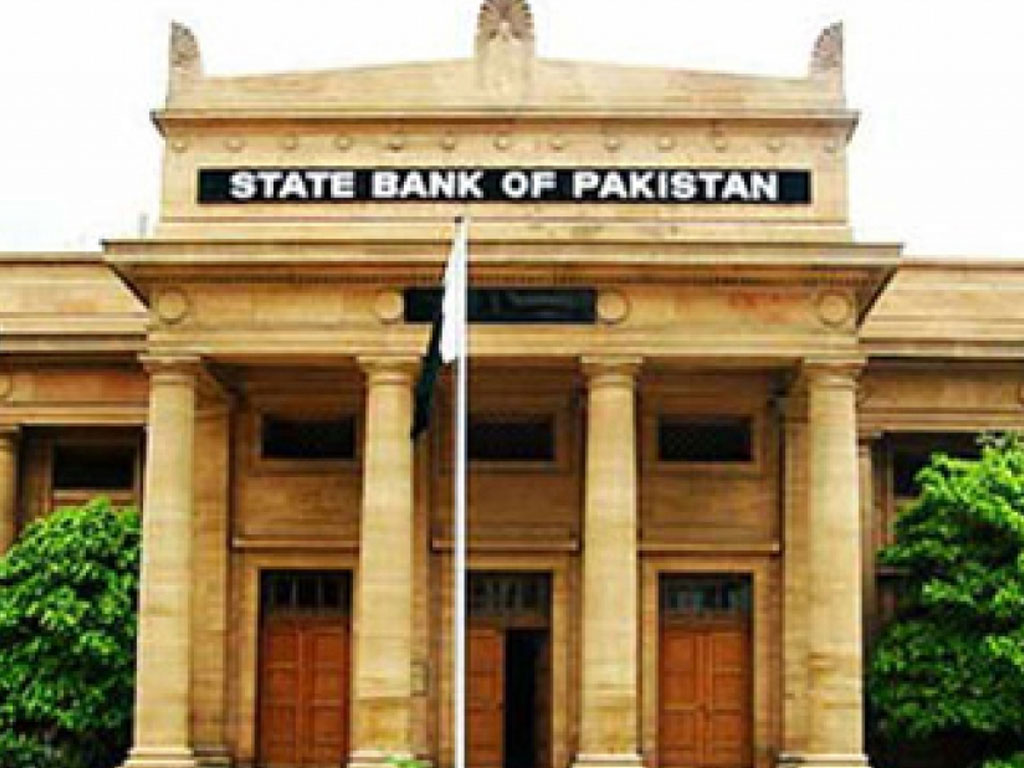Stabilization challenges

The State Bank of Pakistan (SBP) in its third quarterly report on the state of Pakistan's economy stated that "inspite of being in stabilization phase led by demand management policies for the last sixteen months, three challenges still stand out: First, external sector remains vulnerable. Second, fiscal consolidation remains elusive. Third, inflation continues to attain higher plateaus." Demand management consists of using available tools including adjusting interest rates, interventions in the exchange rate market, tax measures and government borrowing/expenditure to meet existing challenges relating to the external account deficit, fiscal deficit and inflationary pressures.
Given that the SBP report is for the third quarter of last fiscal year (January to March 2019) sixteen months would imply a period commencing December 2017 and there is evidence to suggest that either Shahid Khaqan Abbasi's administration or Imran Khan's undertook measures to support the SBP claim that the country was in a stabilization phase. The only exception was to depreciate the rupee four to five times during the 16 months (and that too not enough to fuel exports or reduce imports significantly) leading to the highest current account deficit in the history of the country.
Interest rates remained low during the period to promote private sector credit labeled as the engine of growth and inflation and the budget deficit became unsustainable by the time the government reached a staff-level agreement with the International Monetary Fund (IMF) on 12 May 2019 which is when the stabilization phase began in earnest with the implementation of three prior conditions: (i) market based exchange rate that has made imports unattractive though exports have yet to rise with exporters lamenting the taxation measures and withdrawal of special treatment/exemptions in the finance bill 2019; in the event that projects under the umbrella of China Pakistan Economic Corridor begin and/or the international oil price rises further, as is expected given the conflict in the Middle East today, imports may well rise again; (ii) a rise in the discount rate to mop up excess liquidity and thereby reduce inflationary pressures however with private sector credit down, and a growth rate of only 2.4 projected, an output decline would impact negatively on employment opportunities as well as on increasing smuggling across our porous borders; (iii) reduction in quasi deficit but with a time-bound agreement to raise utility rates actual production costs are rising. In this context, it is relevant to note that the SBP maintains that the energy sector subsidy must be reduced and yet the IMF has accepted energy sector subsidies of 216 billion rupees in the current year, (meant for those who consume less than 300 units per month), an amount higher than what was realized last fiscal year, as opposed to focusing on major sector deficiencies particularly with respect to appallingly poor management of the power sector. The PML-N and the PTI governments both focused on revenue-based load shedding with little, if any emphasis improving management; and (iv) significantly higher tax collections accompanied by higher government expenditure targeted to deal with debt sustainability issues and achieve a primary deficit of 0.6 percent in the current year. The target is considered to be unrealistic especially as the existing primary deficit is nearer 2.5 percent rather than the 1.9 percent claimed by the government as well as the fact that lower projected GDP growth would imply lower tax collections.
Inflation in Pakistan is highly sensitive to the international price of oil, and the prevailing exchange rate as oil is a major input to electricity generation and in domestic transport of goods and services (including to and from work) accounting for a major portion of the monthly budget of the lower middle to low income earners. Thus the SBPs efforts to contain the rate of inflation through raising the cost of borrowing would be more than negated by a rupee depreciation designed to align the local currency with a market based exchange rate, agreed as a prior condition.
To conclude, this newspaper, however, is not advocating an end to the IMF programme but a more phased approach with respect to the time bound conditions and structural benchmarks agreed by Pakistani authorities, with the overarching objective of the programme staying its course for its duration. After the prior conditions have been implemented, and more cost rising conditions on the way to being implemented, there may be a "strong backlash" by the "wider population" as correctly noted in the IMF staff report with the danger of "incomplete reforms and policy reversals."
The IMF programme is heavily front-loaded as reflected by the fact that "the programme will be initially monitored through quarterly reviews becoming semi-annual after the first year based on adequate programme implementation." In other words, next fiscal year, if the government succeeds in not seeking waivers for tranche releases, and this would be dependent not only the wider public accepting the programme's fallout on their incomes but also on international donors (multilateral and bilateral) support then the programme would be well on its way to success. Otherwise, the need for a revisit of the front-loaded programme may be unavoidable.























Comments
Comments are closed.